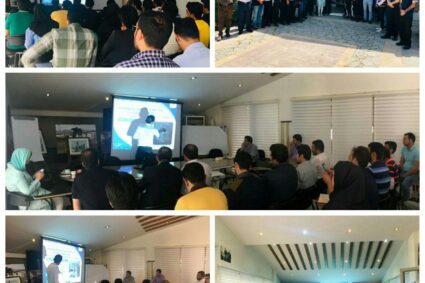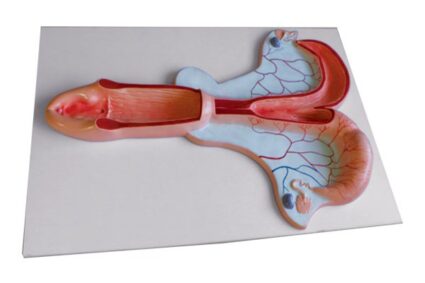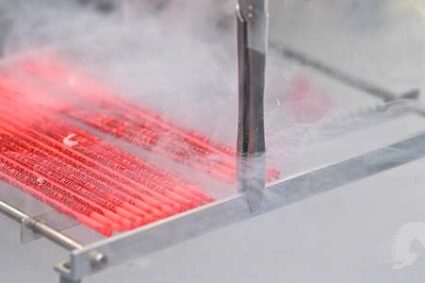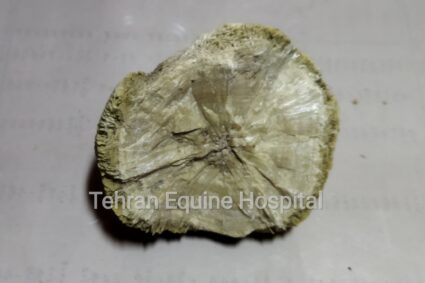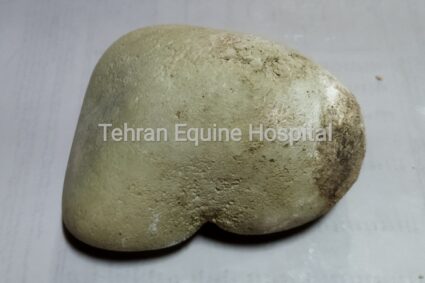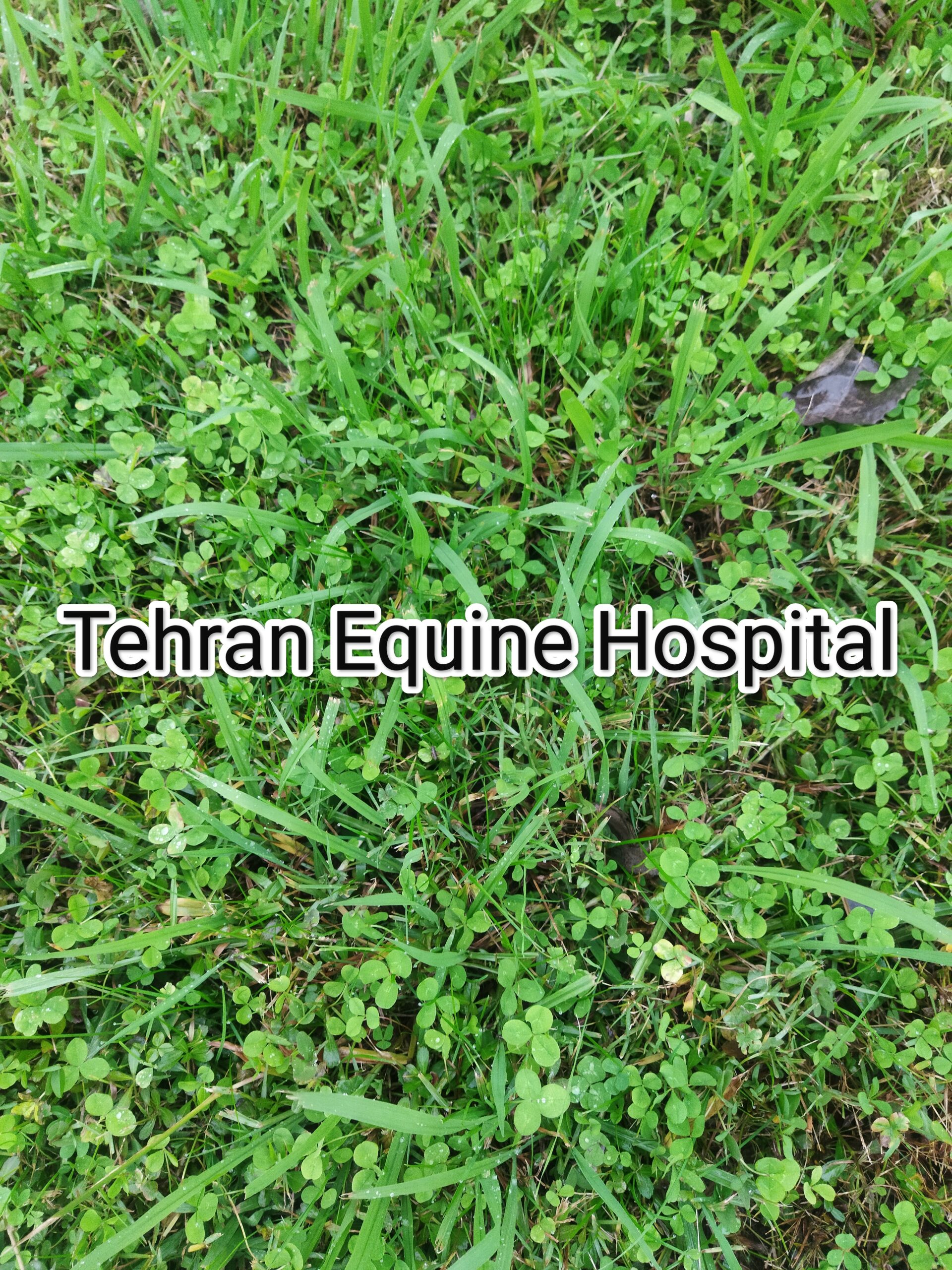
Creating artificial pastures for horse breeding is an effective method for providing sustainable nutrition and a suitable environment for horses. This approach involves intentionally transforming natural lands through precise management and planting specific vegetation to meet the dietary and environmental needs of the horses.
Climate Conditions and Suitable Vegetation
The success of artificial pasture development depends on appropriate climate conditions. A temperate climate with regular rainfall and moderate temperatures is essential for plant growth and the health of horses. The type of vegetation must be carefully selected to provide the necessary nutrition. Plants such as alfalfa, various grasses (e.g., Timothy hay, Kentucky bluegrass), and clover are suitable for this purpose, offering a balanced combination of fiber and protein required by horses.
Suitable Horse Breeds for Artificial Pastures
Selecting the right horse breeds for breeding in artificial pastures is a crucial factor for success. Different breeds have specific needs, and attention must be paid to their nutritional and environmental requirements. Arabian horses, known for their intelligence and endurance, Hanoverians for equestrian sports, and Kurd, Darashoor, and Turkmen horses for their resilience to various climatic conditions, are among the suitable breeds for artificial pastures. In Iran, successful efforts have been made to create artificial pastures and breed these types, yielding notable results.
Advisory and Monitoring Services by Tehran Equine Hospital
Tehran Equine Hospital plays an active role in consulting and overseeing the development and management of such artificial pastures. The hospital provides expert guidance to ensure optimal pasture conditions and regularly monitors the health and well-being of the horses. This involves evaluating the quality of vegetation, assessing nutritional intake, and conducting health checks to ensure the horses thrive in their environment. Their involvement enhances the overall effectiveness of pasture management and supports sustainable equine health and productivity.
Advantages and Disadvantages
The creation of artificial pastures offers numerous advantages, including the provision of sustainable nutrition, improved horse health, reduced feeding costs, and enhanced growth and reproduction rates. However, it requires precise management and entails significant initial costs. Particularly in regions with specific climate conditions, such as arid or cold areas, establishing and maintaining artificial pastures may demand more effort and resources.
This comprehensive approach, supported by expert institutions like Tehran Equine Hospital, ensures that horses can thrive in a controlled environment, supporting both their physical health and natural behavior.

